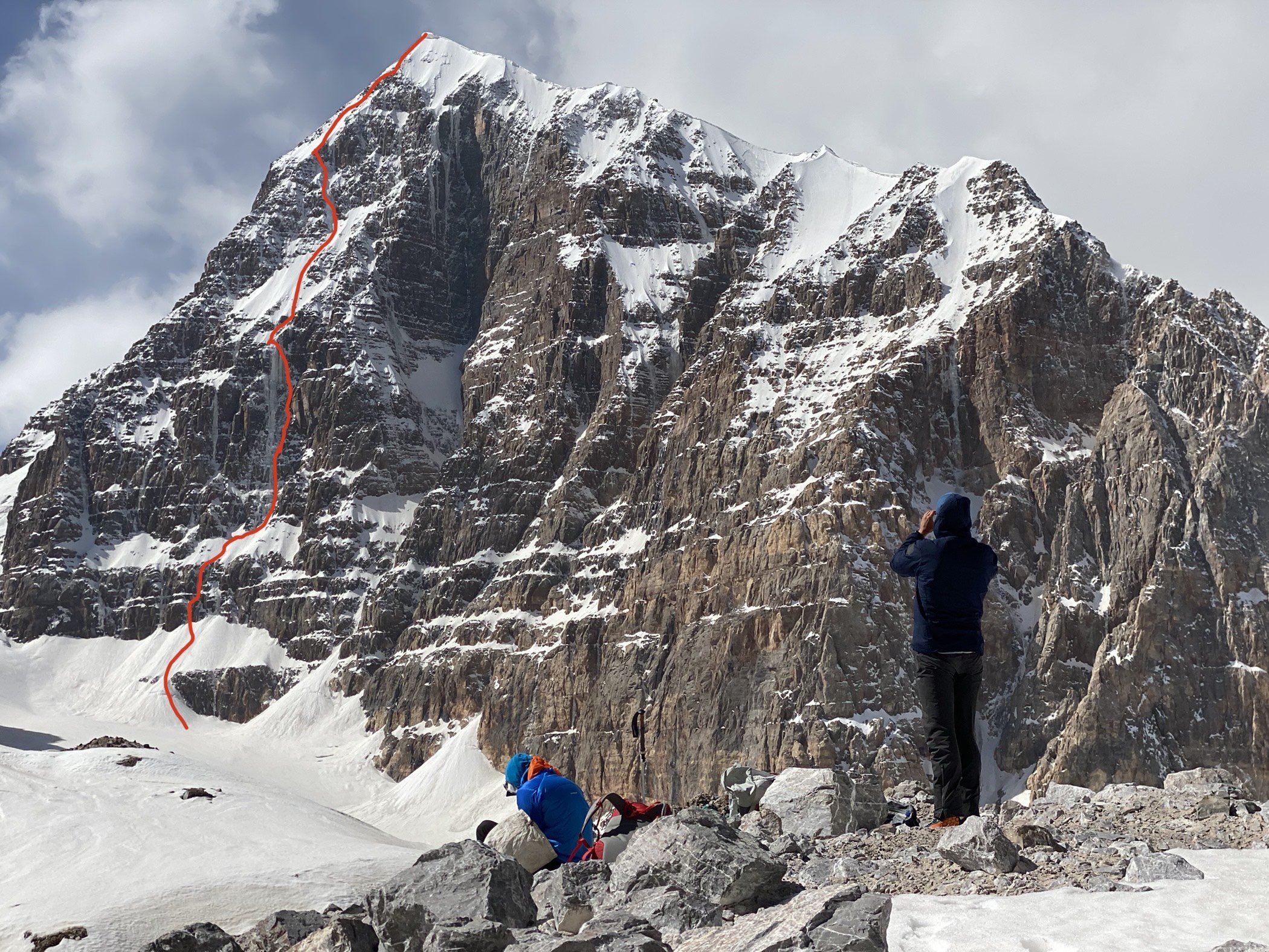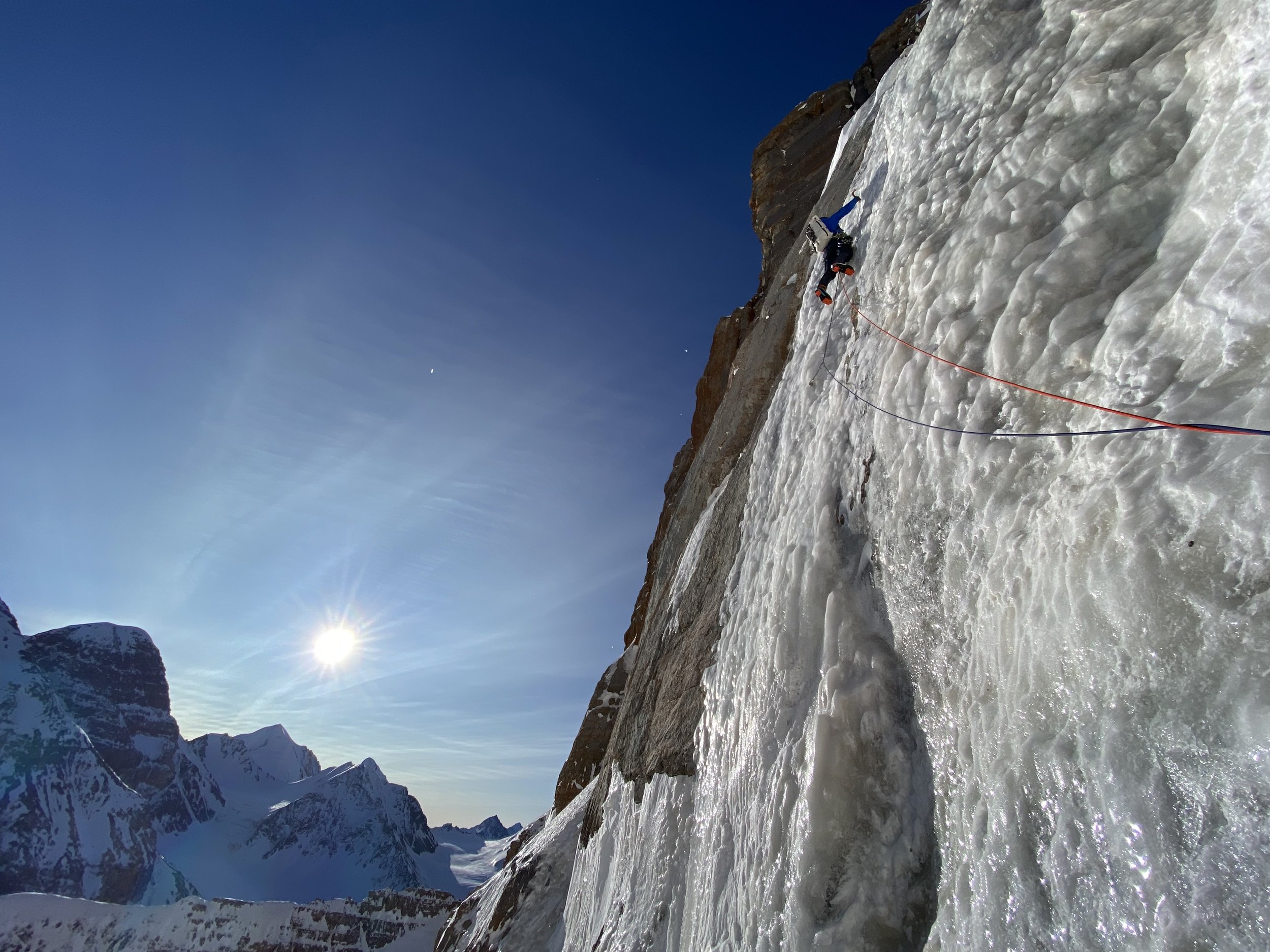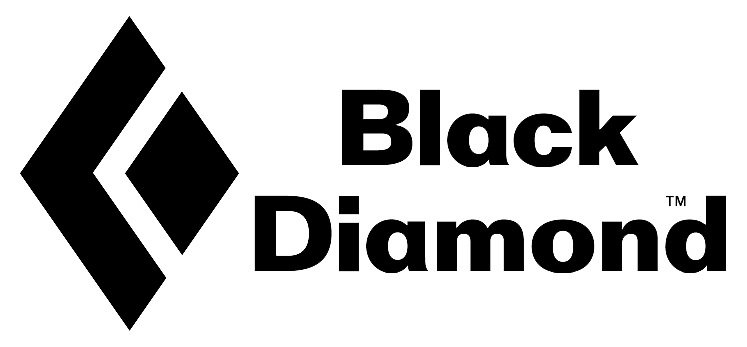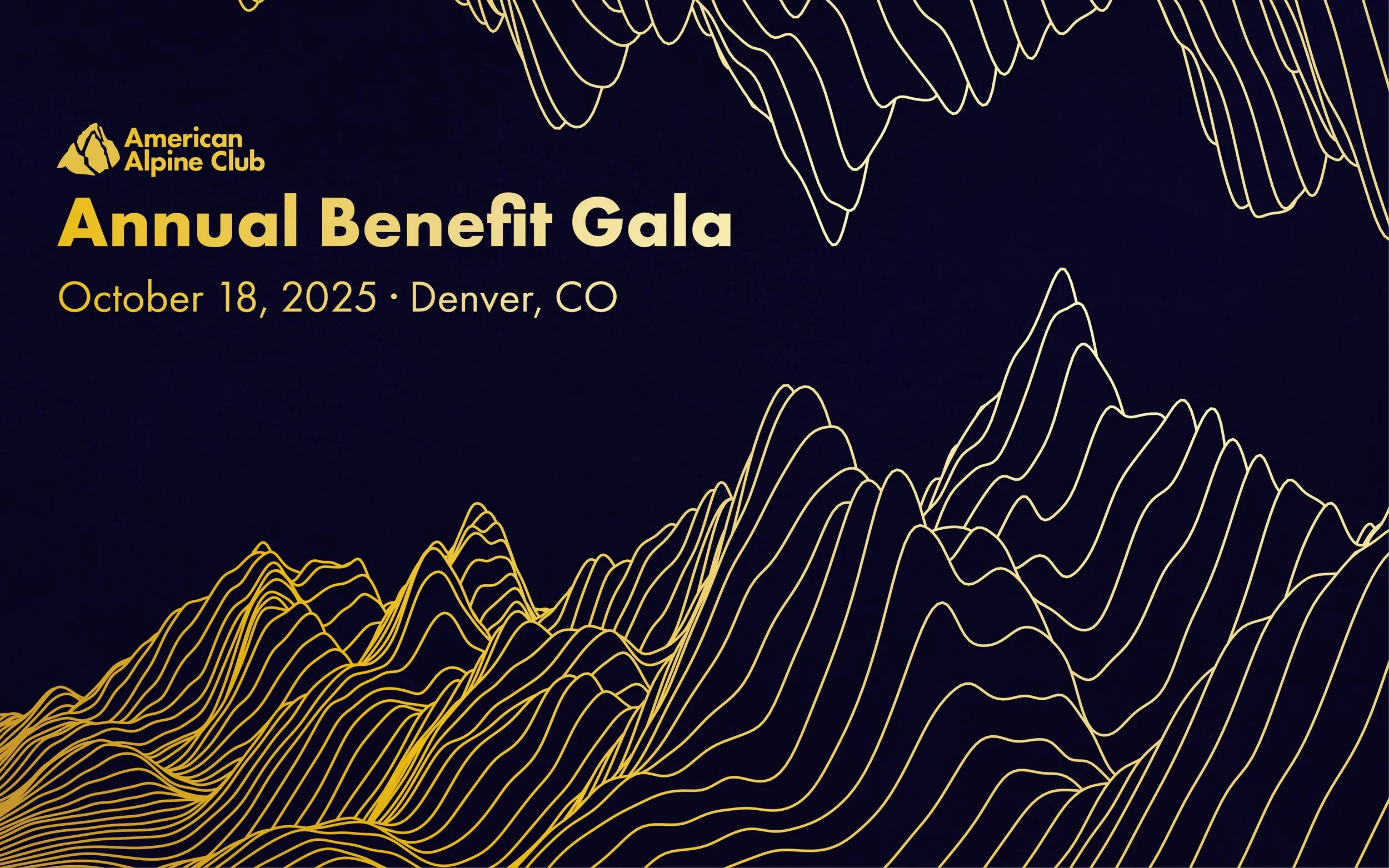Photo by Jared Vilhauer.
A Story from the 2023 Cutting Edge Grant Recipients
By: Sierra McGivney
Dane Steadman (25), Jared Vilhauer (42), and Seth Timpano (41) traveled to the Western Kokshaal-Too in the Tien Shan Mountains of Kyrgyzstan in September 2023, powered by the American Alpine Club's Cutting Edge Grant to attempt three possible objectives.
Vilhauer and Timpano had known each other since 2010, when they met in Antarctica. The two had climbed quite a bit together: two trips to Alaska, two trips to India, and a lot of ice climbing over the years. The trip was originally just the two of them, but they decided to bring on Steadman to have three people on the trip.
"He's young and keen, and Jared and I are in our 40s, and it's always good to have some younger energy there just to keep it going," said Timpano.
Each brought something to the team: Timpano has a lot of experience at altitude and climbing steep ice, Jared is an ultrarunner, and Dane is the strongest mixed climber. Each climber had their own strengths, making a well-rounded team. As summer faded into falling leaves and cooler temperatures, they were soon headed for Kyrgyzstan.
In Seth's Words:
Photo by Jared Vilhauer.
We chose this timeframe based on two factors:
1) The temperatures are significantly cooler than mid-summer and, therefore, better for ice climbing objectives.
2) The weather seems more stable with less afternoon convective build-up and precipitation.
However, when winter does come early to the Tien Shan, it can make travel into and out of the region challenging, and most people said we should be out of there before October.
The East Face of Pik Alpinist was a pipe dream, the least likely of the three objectives they had set their sights on. The photos used for their trip planning showed that the ice up the face of Pik Alpinist was not continuous. The trip as a whole was nebulous, an idea dependent on exploration. They didn't know what they would face until they were in Kyrgyzstan.
After a week of travel— flying halfway across the world, then driving over bumpy roads deep in the Tien Shen Mountains—the three stood looking at Pik Alpinist. They got excited. Unexpectedly, the ice was in. The other two objectives were explored but were not viable for this season. They would attempt to climb Pik Alpinist.
In Seth's Words:
After ten days of acclimating and window shopping for different objectives, we set our sights on an elegant and sustained ice line on the Northeast Face of Pik Alpinist (5482m). Given the steep ice climbing on the route, we determined our best strategy was to attempt the route without carrying bivy gear. We left our bivy at the base of the wall at 3 a.m. and crossed the bergschrund (the terminal crevasse), or 'schrund, shortly after that. Using 70m ropes, we made 16 pitches, many of which required 10+m of simul-climbing through difficulties up to AI4 on the steeper pitches and 60+m of simul-climbing on the lower angle sections.
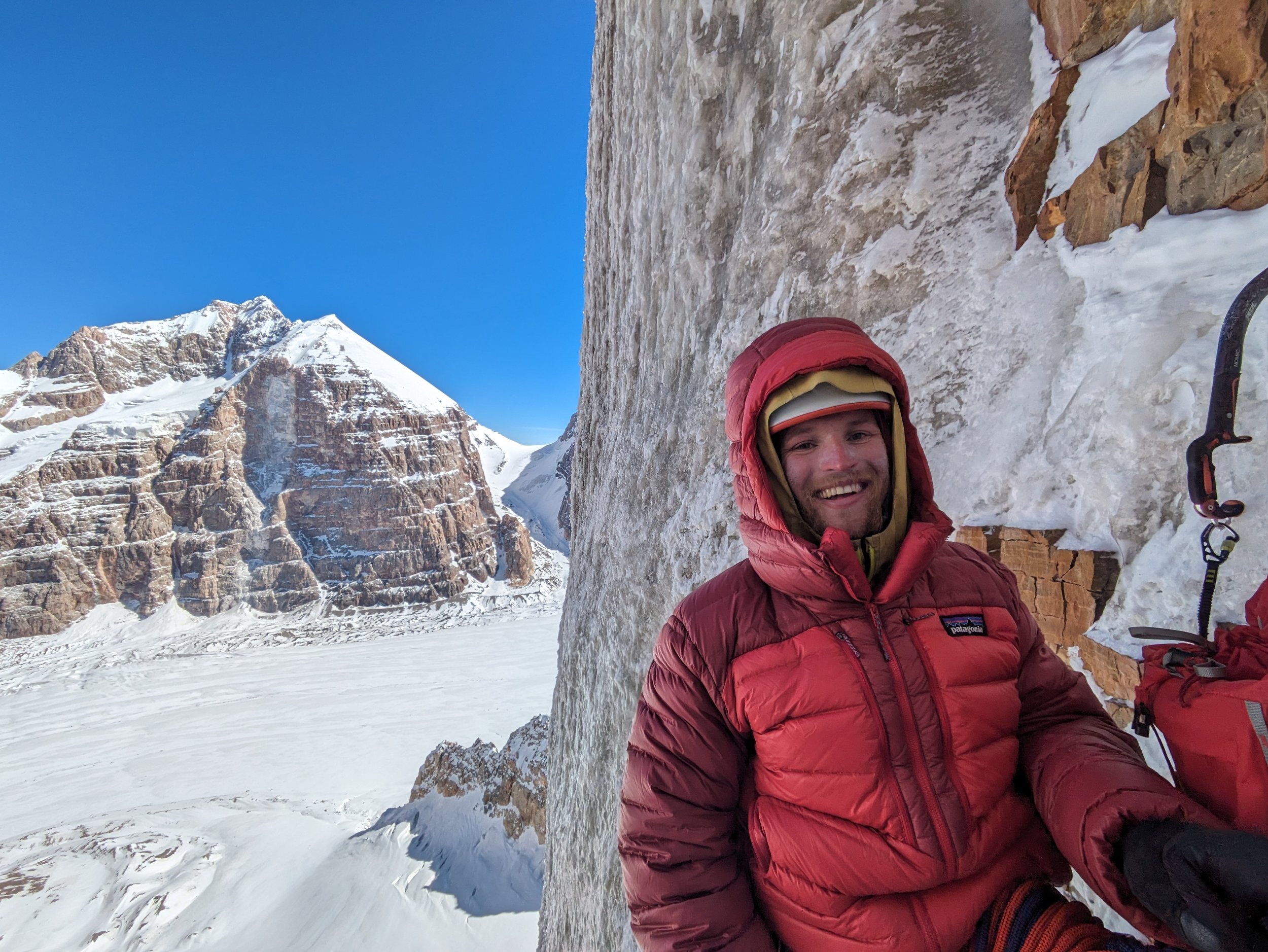
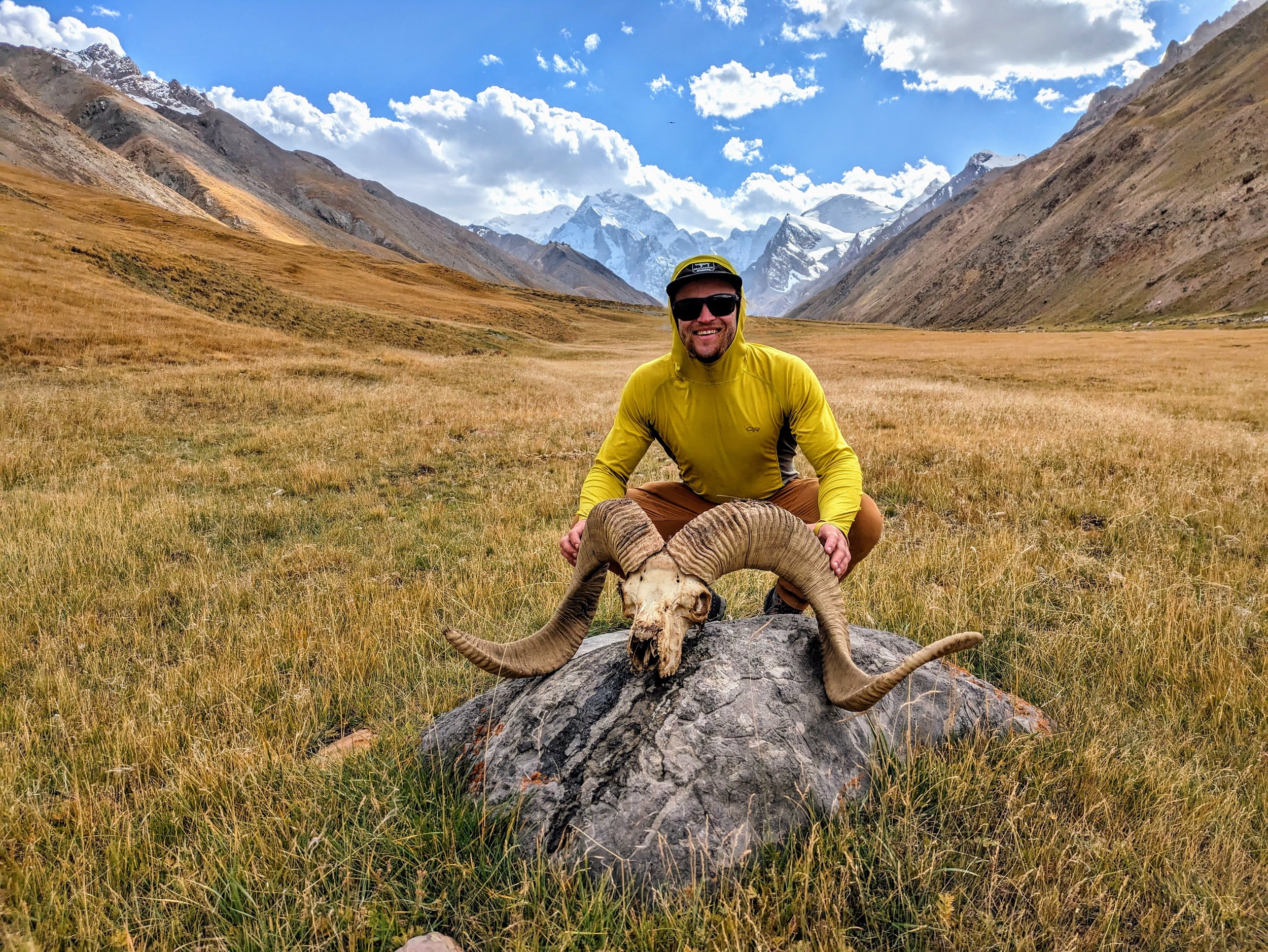
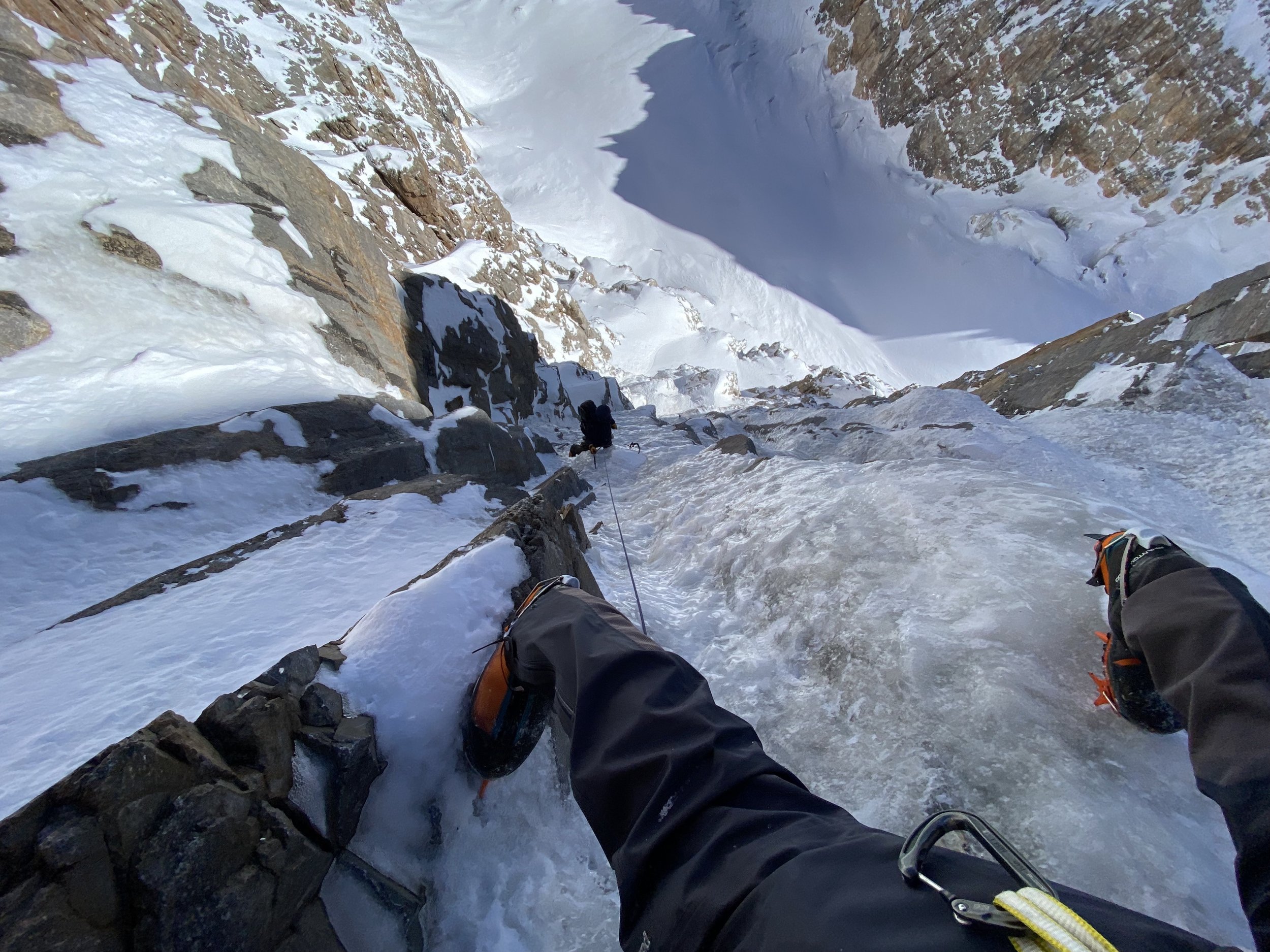
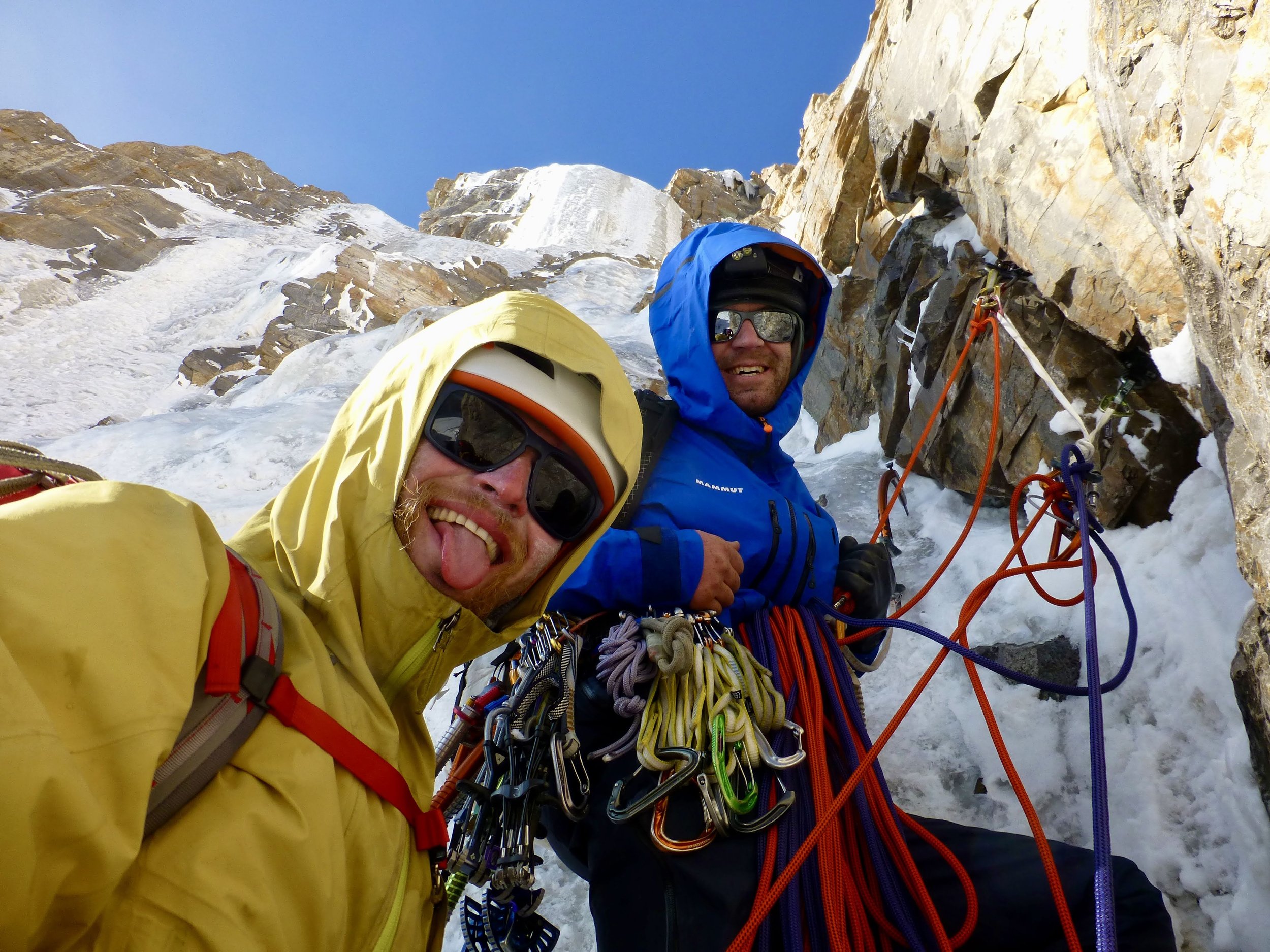
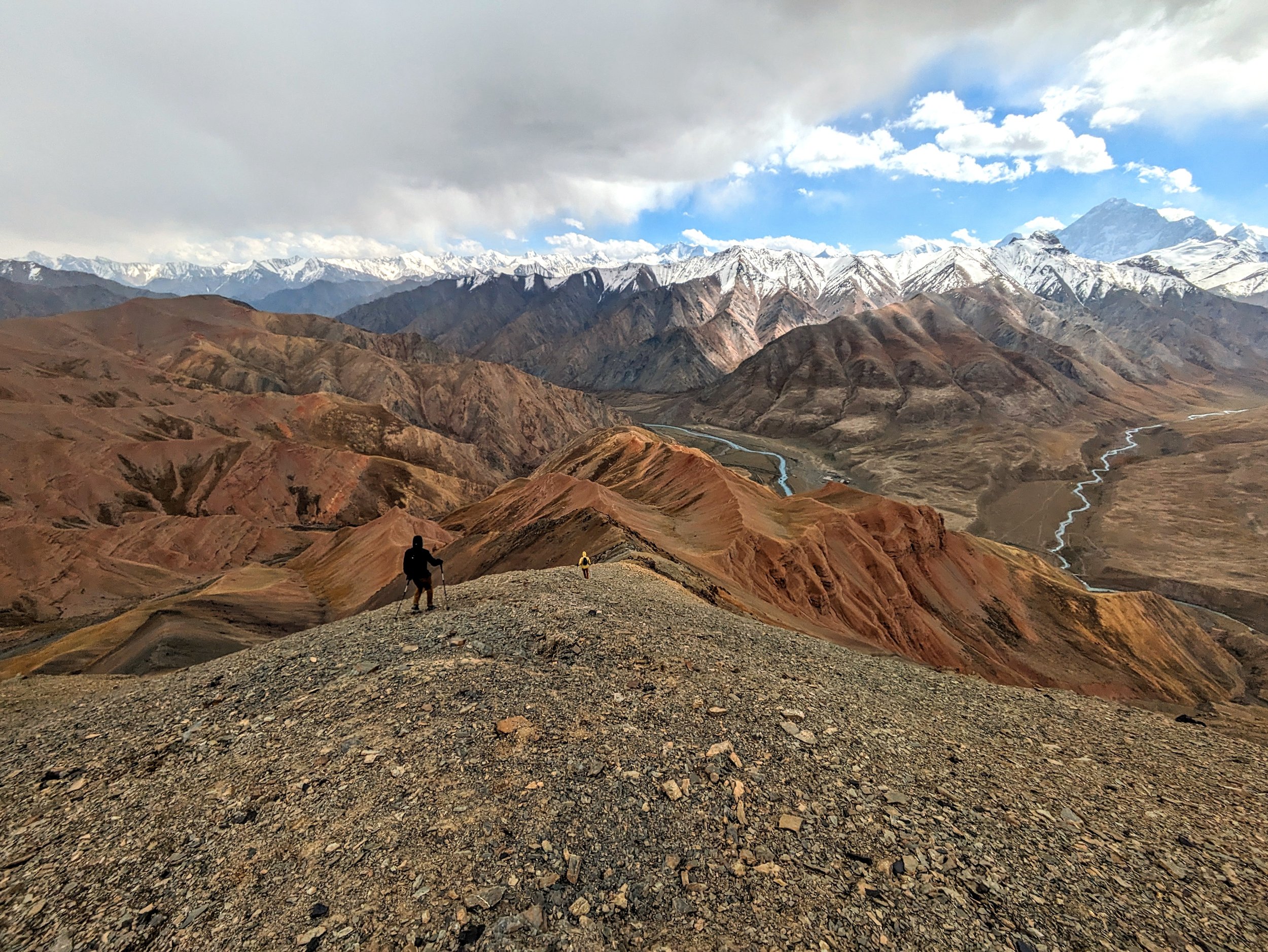
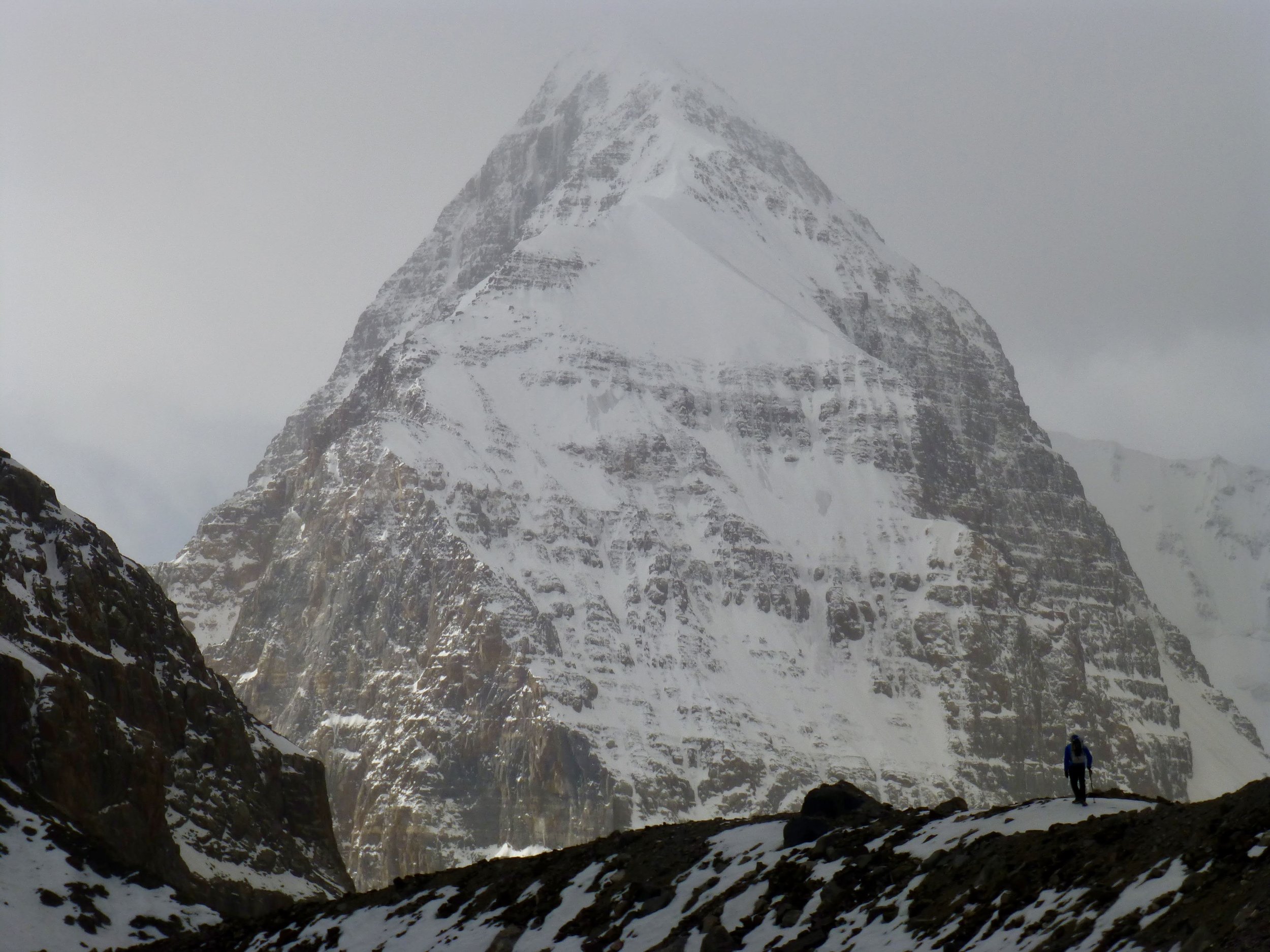
"[It] was some of the best ice I've ever climbed in the big mountains," said Timpano.
Seth in the blue with white pack. Photo by Dane Steadman.
This was due to the freeze-melt cycle that mimics waterfall ice. The ice was similar to what a climber would find in Montana, Wyoming, or Colorado, sticky and good enough quality for V-threads. However, the rock–compact limestone—proved hard to protect. The crack systems in the wall were brittle and shattered, so they mainly relied on ice anchors.
As the team ascended, pulling past the mixed crux, the sun began to descend, illuminating the Taklamakan Desert, one of the harshest deserts in the world. All of the days put in planning, scouting, trekking, and traveling for two days of climbing—for this—were coming to a head. They knew they were in for a long night, but the summit was within reach.
In Seth's Words:
Dane with the red backpack. Photo by Jared Vilhauer.
We gained the summit ridge at 8:15 p.m. and stood on the summit in the dark at 8:30 p.m. on September 24. We simul-climbed down the upper part of the route and then made 18 rappels using our 70m ropes on mostly V-thread anchors. The limestone rock was particularly compact and made rock anchors challenging, both on the way up and down. However, we did leave a few stoppers and piton anchors when the ice was too thin or nonexistent for safe ice anchors. We crossed the 'schrund 26 hours later, making for a 27-hour round trip time on this objective.
Alpine climbing is inherently tricky to grade due to the number of factors that can affect the perceived difficulties (acclimation, health, weather, etc.). Nonetheless, we are calling our new route Trophy Hunt (AI5+, M5, 1100m 'schrund to summit height).
Generally, we found good weather and cold enough temperatures for most objectives, except for those facing due south. We snuck out just before a winter storm covered the roads in snow on September 30.
Finally, we would like to thank the American Alpine Club for supporting this expedition through a Cutting Edge Grant.
"I've received a handful of these over the years, and it's an honor to get it, but it also makes it possible for us, non-sponsored climbers, to do a rad trip," said Timpano.
This grant is made possible by Black Diamond. We encourage all climbers who are pursuing cutting edge ascents to apply for the Cutting Edge Grant, which is open from now until December 31, 2023.

